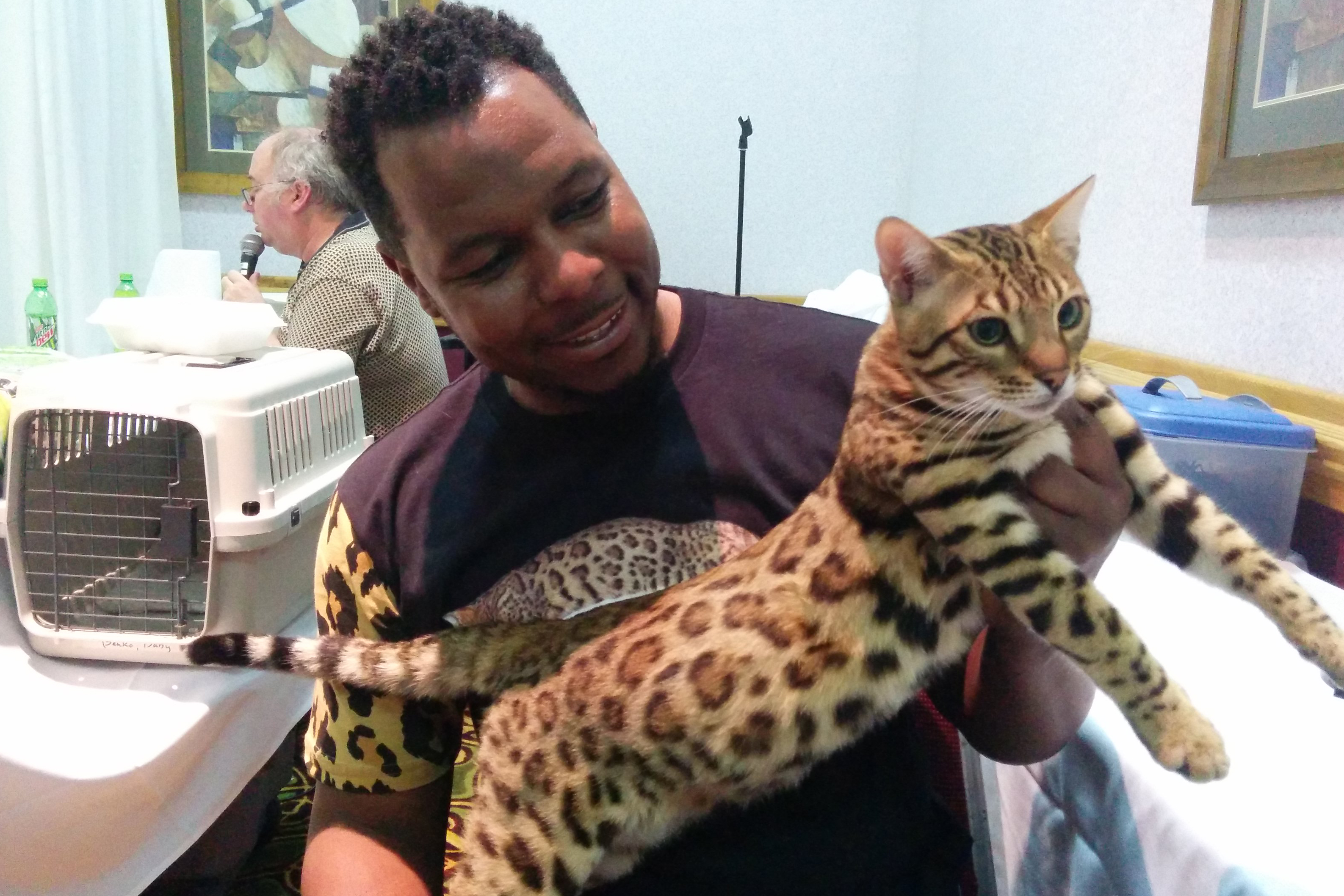Future engineers share their innovations at Portland State
@slug:news.2.25.designcomp
@head:Future engineers share their innovations at Portland State
@deck:CECS sponsors design competition for youngsters
@by:Kai Hsing
@email: [email protected]
@body:A few hundred students from throughout the Portland metropolitan area took over Science Building 2 for an afternoon, showing their creativity and scientific know-how in various competitions, encouraging interest in the engineering and computer science fields, and getting the chance to interact with PSU faculty and students.
What sort of contraption would you build to prevent an egg from breaking after a second story drop? This and other engineering scenarios were posed to elementary, middle and high school students on Friday as part of the College of Engineering and Computer Science’s Annual Design Competitions.
“The competitions are to help promote the engineering profession and have kids learn more about them,” said Grayson Bush, president of the Society of Automotive Engineers.
The competitions included the Mousetrap-Powered Car, Egg Drop, Catapult Competition, Truss (Bridge) Design, Electric Motor Design and Airplane Design. Each competition was separated into two sections, one for students K through 8, and the other for high school students. Depending on the criteria established for each competition, prizes were then awarded for first, second and third place. The prizes varied from calculators to science kits to educational gift certificates.
The airplane competition sought the airplane design with the most airtime. It featured two classes, one with open rules, and one limited. With open rules, any adult or child was eligible, and could use any paper or wood material as well as any method of construction, as long as the plane weighed less than 50 grams. Under limited rules, contestants cannot go beyond a given set of materials for their flight machines. Of course, none of the planes could be propelled by anything other than hand. “We’ve seen some pretty innovative designs this year,” Bush said, “though most kids still chose to use the old-fashioned paper for their planes.”
The Society of Women Engineers held the egg drop competition, with the goal being construction of a container that will prevent an uncooked, grade A large chicken egg from breaking when dropped from 10 meters. The container could not have been longer than 25 centimeters or weigh more than one kilogram, with parachute attached.
About one-third of the eggs dropped actually survived, said Briana Ree-Harmel, treasurer of the Society of Women Engineers. Also, she explained that though some kids spent a long time of their containers, that didn’t necessarily equate with performance. There was also a prize given to the most creative design, regardless of breakage.
For Society of Women Engineers, this year’s event is making a difference. “We’ve seen many women’s groups this year and many girls in the competition,” said Crystal Watson, President of Society of Women Engineers.
The mousetrap-powered car event, sponsored by the American Society of Mechanical Engineers, was judged on two criteria, velocity and distance, both of which were weighted equally. Students were given three trial runs for their cars, which were all constructed using prefabricated kits with identical materials, and could not be longer than 18 inches or heavier than 2.5 ounces.
The truss, or bridge design, competition was put on by the American Society of Civil Engineers, and tested for the maximum weight each truss could handle, in relation to the actual weight of the truss itself. The maximum height could be no greater than 12 inches, but no less than 6 and could not be longer than 18 inches, using the wooden planks and pads provided.
In the Catapult Competition, sponsored by Oregon Beta Chapter of Tau Beta Pi, the National Engineering Honor Society, students looked to build a catapult that would propel a 50 gram weight 3 meters to hit a target, with the project no larger than a cube 1.5 feet per side.
For those wanting something more high tech, kids were challenged to design their own working electric motors in the motor design competition. Judges looked for the maximum rpm possible, innovative design, quality of construction and also, a designation for “most amazing catastrophic failure,” even though it was warned that such disasters should not actually be designed to happen.



